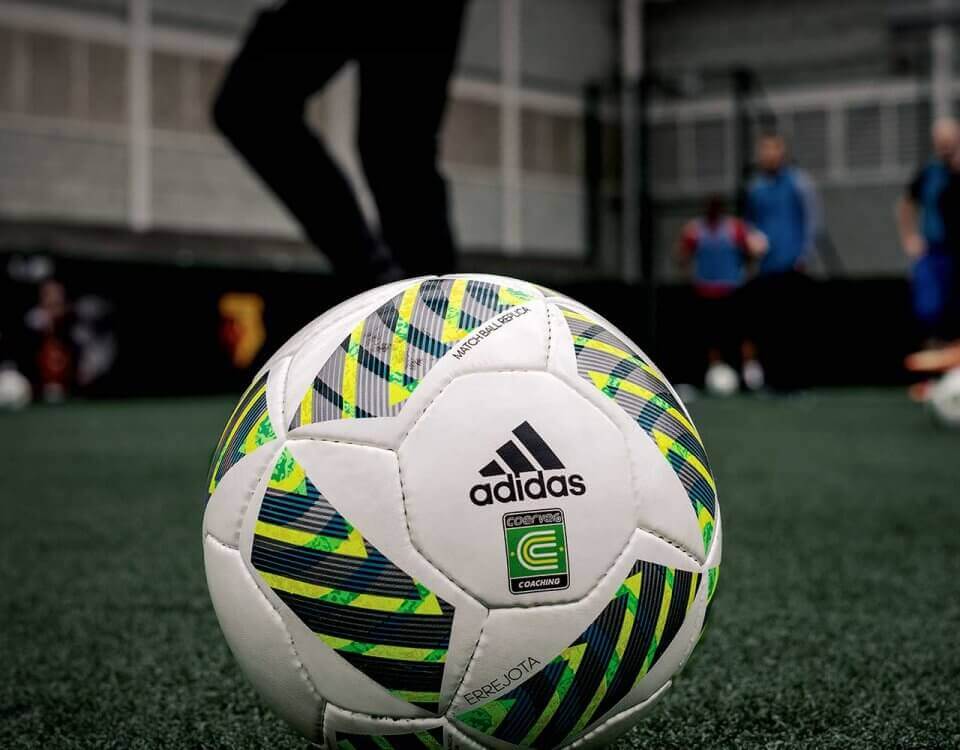The Pay-to-Play Problem in Youth Soccer: Costs, Challenges, and Solutions
The Pay-to-Play Problem in Youth Soccer: Costs, Challenges, and Solutions
Youth soccer in the United States has exploded in popularity, with millions of kids lacing up their cleats each year to chase their dreams on the pitch. However, the sport’s pay-to-play model has become a significant barrier, making elite-level soccer inaccessible for many families. From club fees to travel costs, the financial burden of competitive youth soccer is sparking heated discussions among parents, coaches, and advocates. This article explores the rising costs of youth soccer, the inequities of the pay-to-play system, and practical solutions to make the sport more accessible, drawing insights from experts like those at Good Game Kid.
The Soaring Costs of Youth Soccer
The price of participation in competitive youth soccer can be staggering. According to industry estimates, annual costs for a single player in a high-level club can range from $5,000 to $20,000, depending on the program, location, and level of competition. These expenses include:
- Club Fees: Registration, coaching, and facility costs often exceed $2,000–$5,000 per year.
- Travel Expenses: Elite teams frequently travel for tournaments, with families footing the bill for flights, hotels, and meals, easily adding $3,000–$10,000 annually.
- Equipment and Training: High-quality cleats, uniforms, and private coaching sessions can cost hundreds more.
- Showcase Events: College recruiting tournaments, essential for players aiming for scholarships, often require additional fees and travel.
A detailed breakdown of these costs is discussed in a thought-provoking piece on Good Game Kid, which highlights how the pay-to-play model prices out talented players from lower-income families, limiting diversity in elite soccer.
The Inequity of Pay-to-Play
Unlike many countries where soccer academies are subsidized or free, the U.S. relies heavily on private clubs, creating a system where financial resources often dictate opportunity. This model has drawn sharp criticism for fostering inequality. For example, a post on Good Game Kid argues that the pay-to-play structure excludes talented athletes who can’t afford the steep costs, effectively turning soccer into a sport for the affluent.
The consequences are stark:
- Limited Access: Talented players from underserved communities are often unable to join competitive clubs, reducing their chances of being scouted by colleges or professional teams.
- Burnout and Pressure: Families stretching their budgets to afford soccer may push young athletes too hard, leading to burnout or disenchantment with the sport.
- Lack of Diversity: The U.S. national teams, both men’s and women’s, often lack socioeconomic and racial diversity, partly due to the pay-to-play barrier.
Comparing the U.S. to Global Models
In countries like Germany, Spain, and Brazil, youth soccer is often supported by professional clubs or government programs, offering free or low-cost training to promising players. For instance, European academies like FC Barcelona’s La Masia provide world-class coaching at minimal cost to families. In contrast, the U.S. model places the financial burden on parents, creating a system where wealth, not talent, often determines success. Good Game Kid explores how adopting elements of these global models could make U.S. soccer more inclusive.
Solutions for a More Accessible Future
Despite the challenges, there are ways to address the pay-to-play problem and make youth soccer more equitable:
- Community-Based Programs: Support local recreational leagues or nonprofit soccer organizations that offer low-cost or free participation. Programs like the U.S. Soccer Foundation’s Soccer for Success provide affordable options for underserved communities.
- Scholarships and Sliding Scales: Many clubs offer financial aid, but awareness

